Hoban "Wash" Washburne
I have quite the tormented relationship with terrains and basing.
Basically the more time and resources I spend on basing, the worst the outcome.
That's why I follow two simple rules:
I wanted something "space-ish" for my yellow Sazabi, but at the same time I was looking for something not too flashy; I didn't want anything that could steal the scene from the bright color schema.
That being said, In my humble opinion, nothing says "Space!" more than a dusty grey crater.
I started with a piece of thin plywood, cut in the shape of an octagon.
I'm a big fan of DAS; it's a cheap air-hardening polymeric clay, quite perfect for the base ring structure.
At this point I needed a reference for the model feet, so with the help of some food film (the model was already painted), I made a couple of neat footprints inside the soon-to-be crater.
While the clay's still soft it's time to crack and texture the terrain. Cork sheets are perfect for this kind of job, just keep in mind they come in different grain, so you'll need something suitable for the scale you're working with (1/220 in my case).
Once positioned, a glass of water and an old flat brush will help blending the transition between the materials.
The last touch for the dirty texture is something very peculiar and almost magical: actual real dirt.
Just grab a sieve, a handful of soil from your garden, or your last trip to the beach, and you will have different grains of sand, dust, cobbles and so on.
Lay some diluted PVA glue and sprinkle dirt till it resembles a sterile and desolate space terrain.
Once dry, a generous layer of grey primer will help to further keep everything in place.
The painting is an almost pure two tone schema. I sprayed a layer of flat black and then I started drybrushing, playing with different proportion of black and white on the petals and the various recesses.
No premixtured grey colors were used.
When the drybrush starts to flat or desaturate too much, some black wash restores the correct depth.
Once reached a satisfying result, it's time for a teeny-tiny bit of color to break the monotony of the grey tone. A mixture of rust (10%), dark earth (10%) and grey dust (80%) pigment is strategically applied along the borders and deep down the fissures, and then blended with mineral spirit along the surfaces.
My phone has a will of its own will when it comes to white balancing, but this photo should be a decent enough close up.
And here we have a shot of the final product:
Color Chart
- Mr Color H-12 Flat Black
- Tamiya XF-2 Flat White
- Mig 3007 Dark Earth
- Mig 3008 Track Rust
- Mig 3002 Light Dust


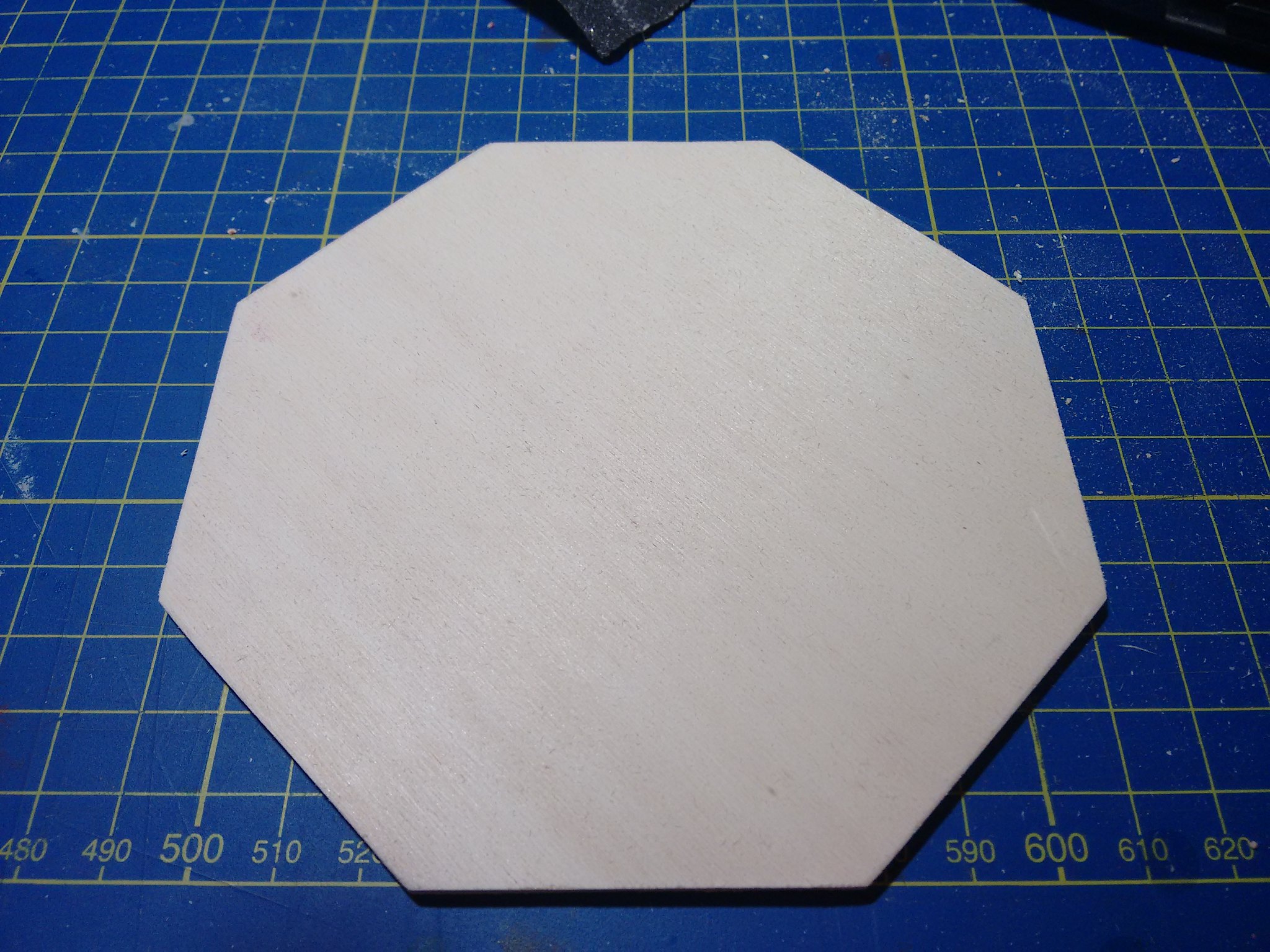
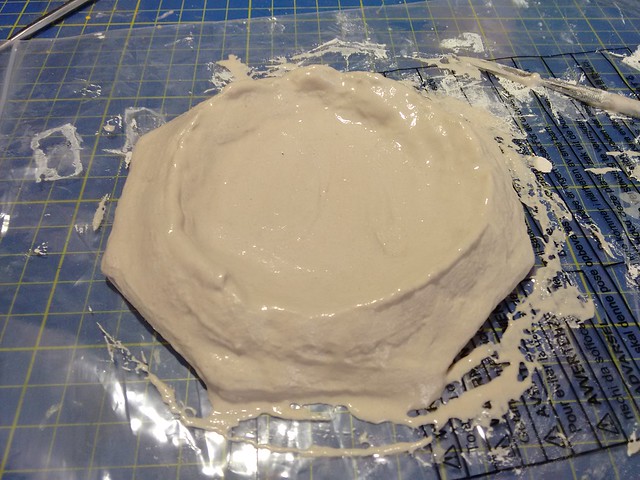
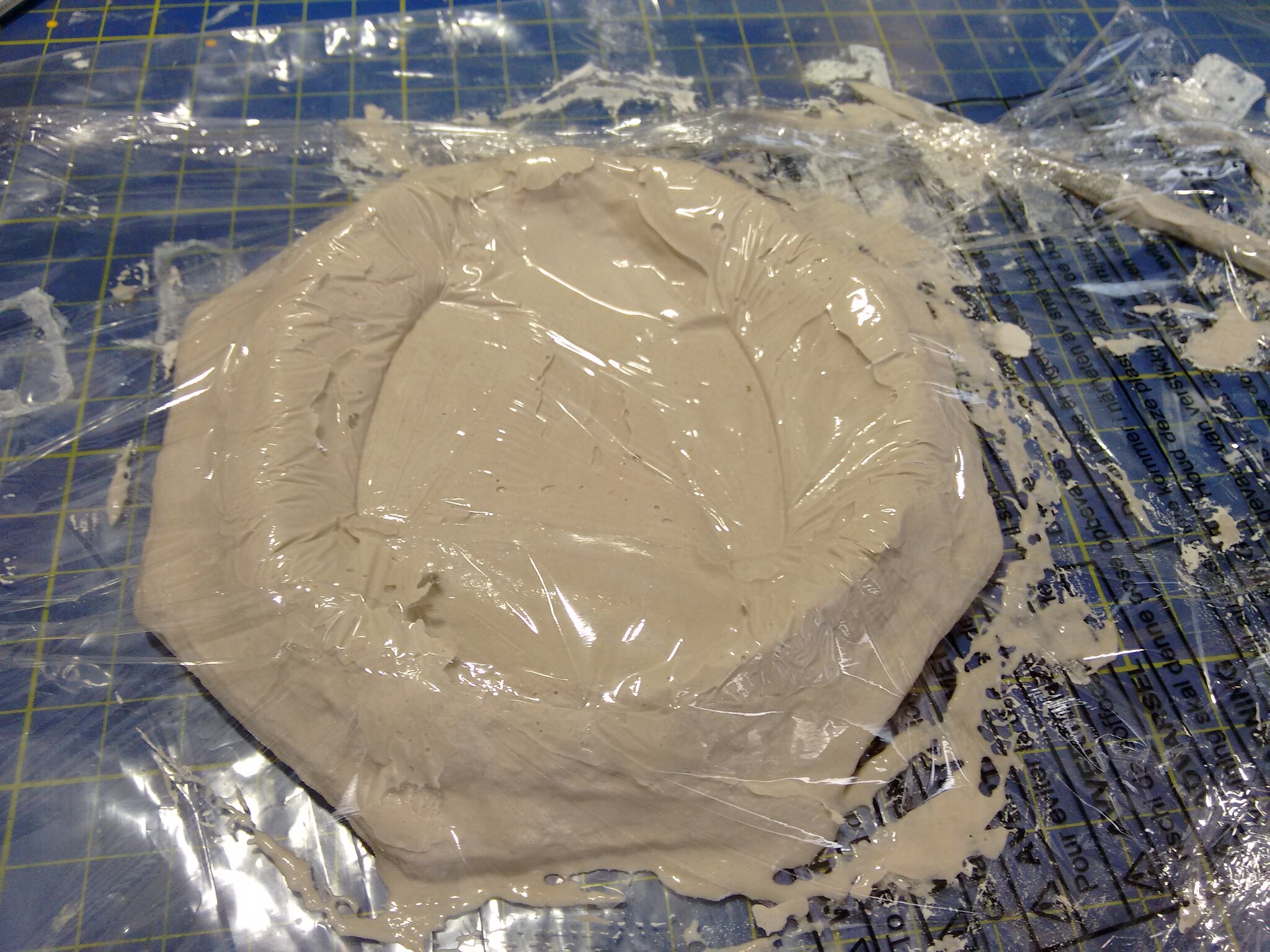
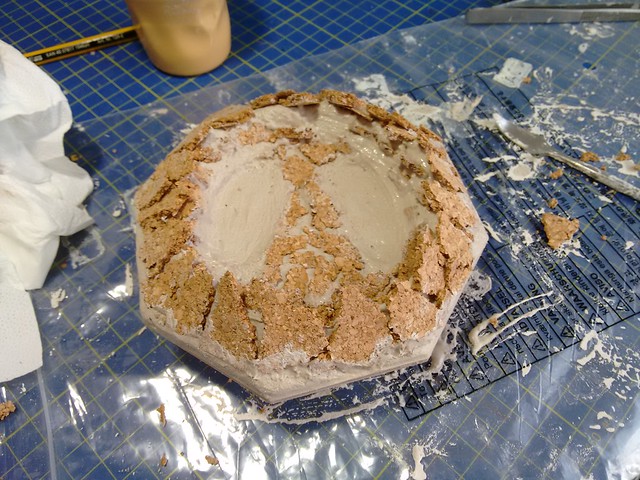
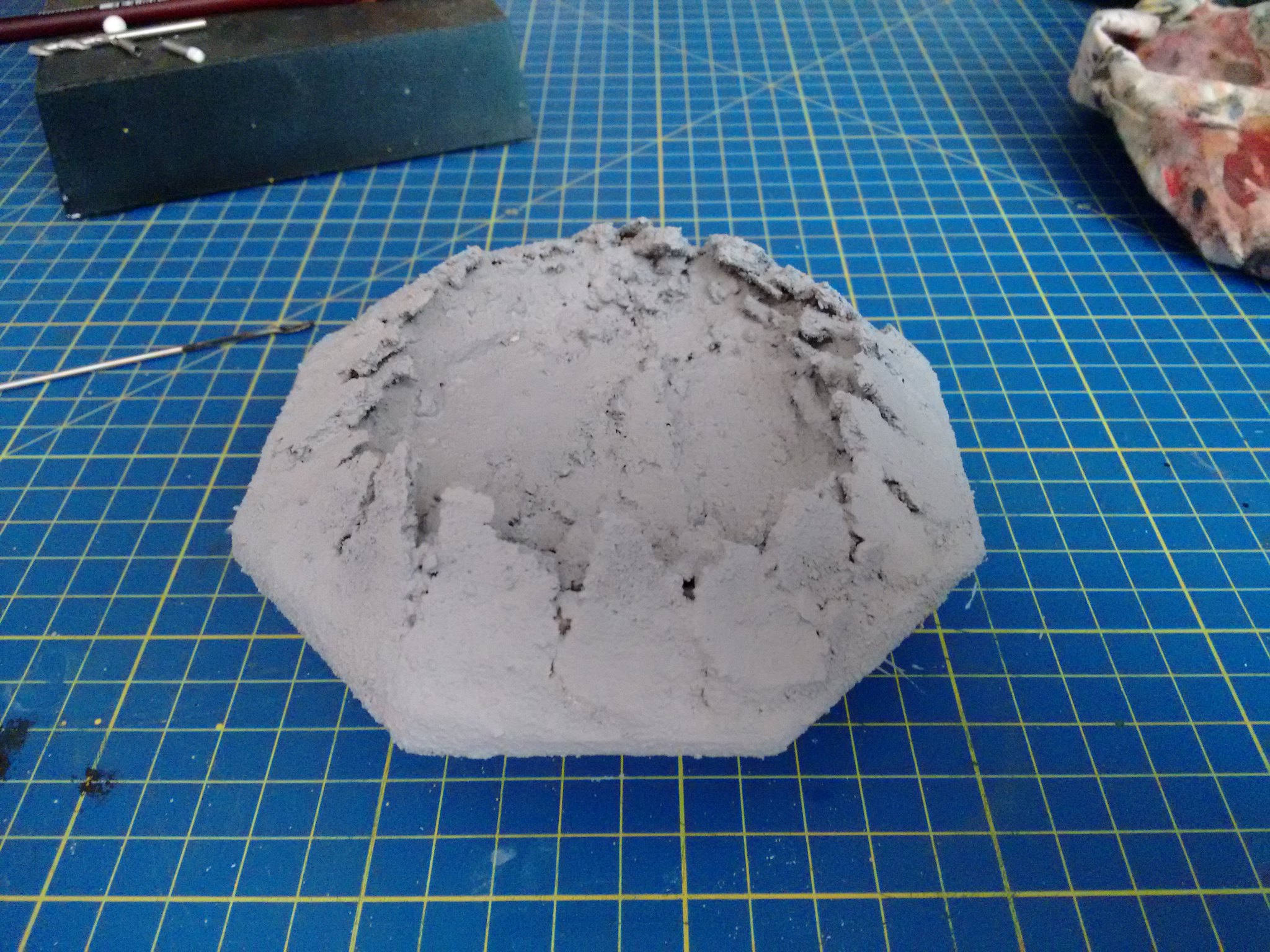

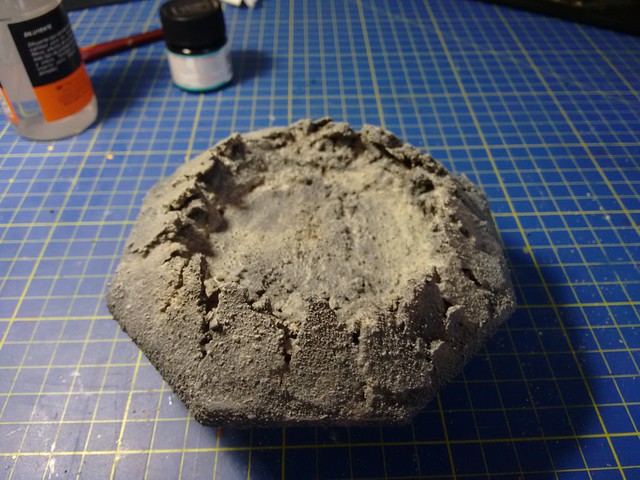
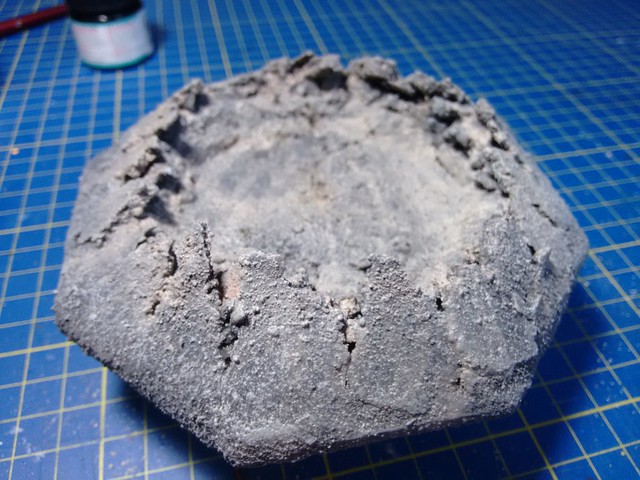
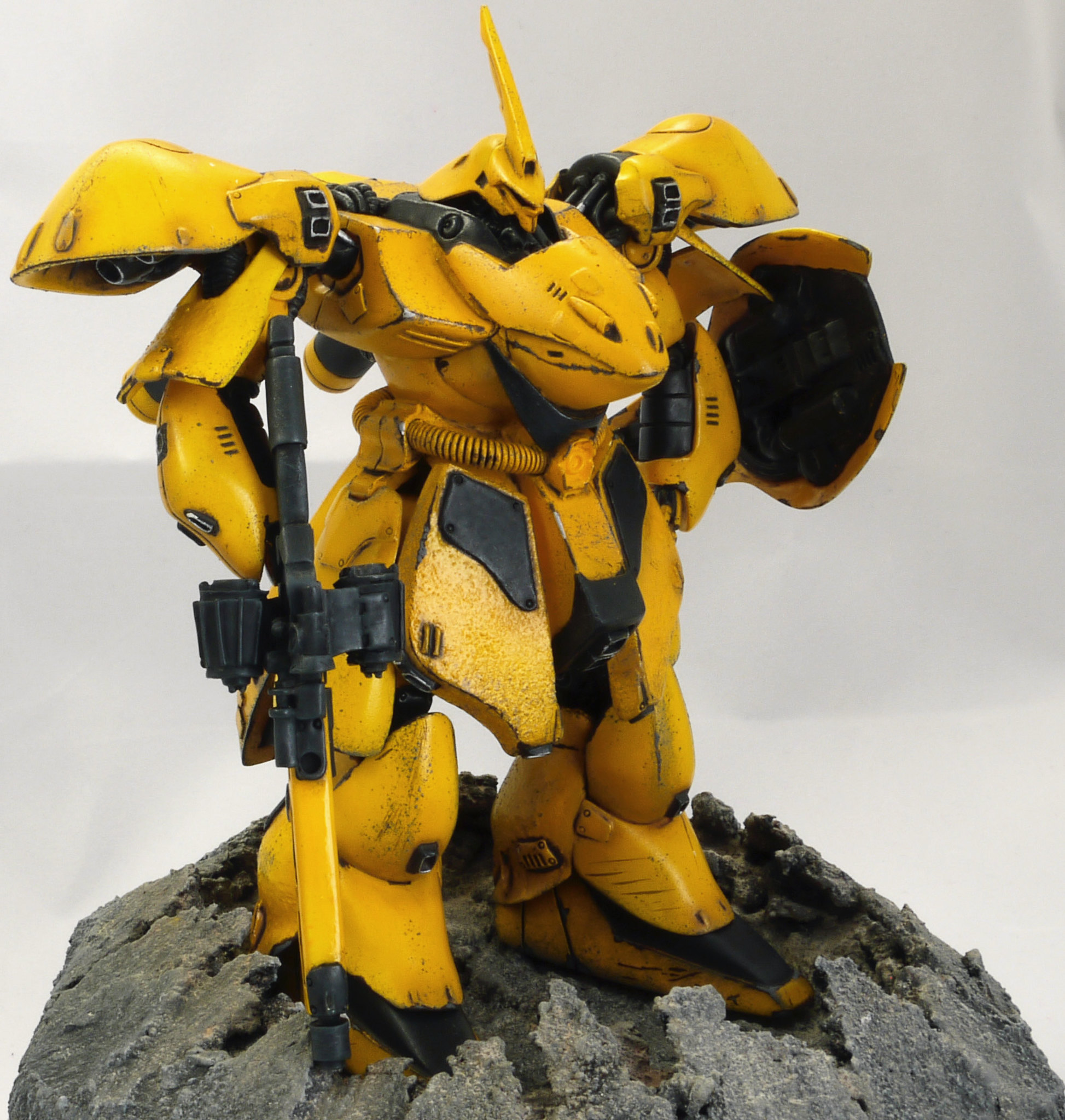
No comments:
Post a Comment